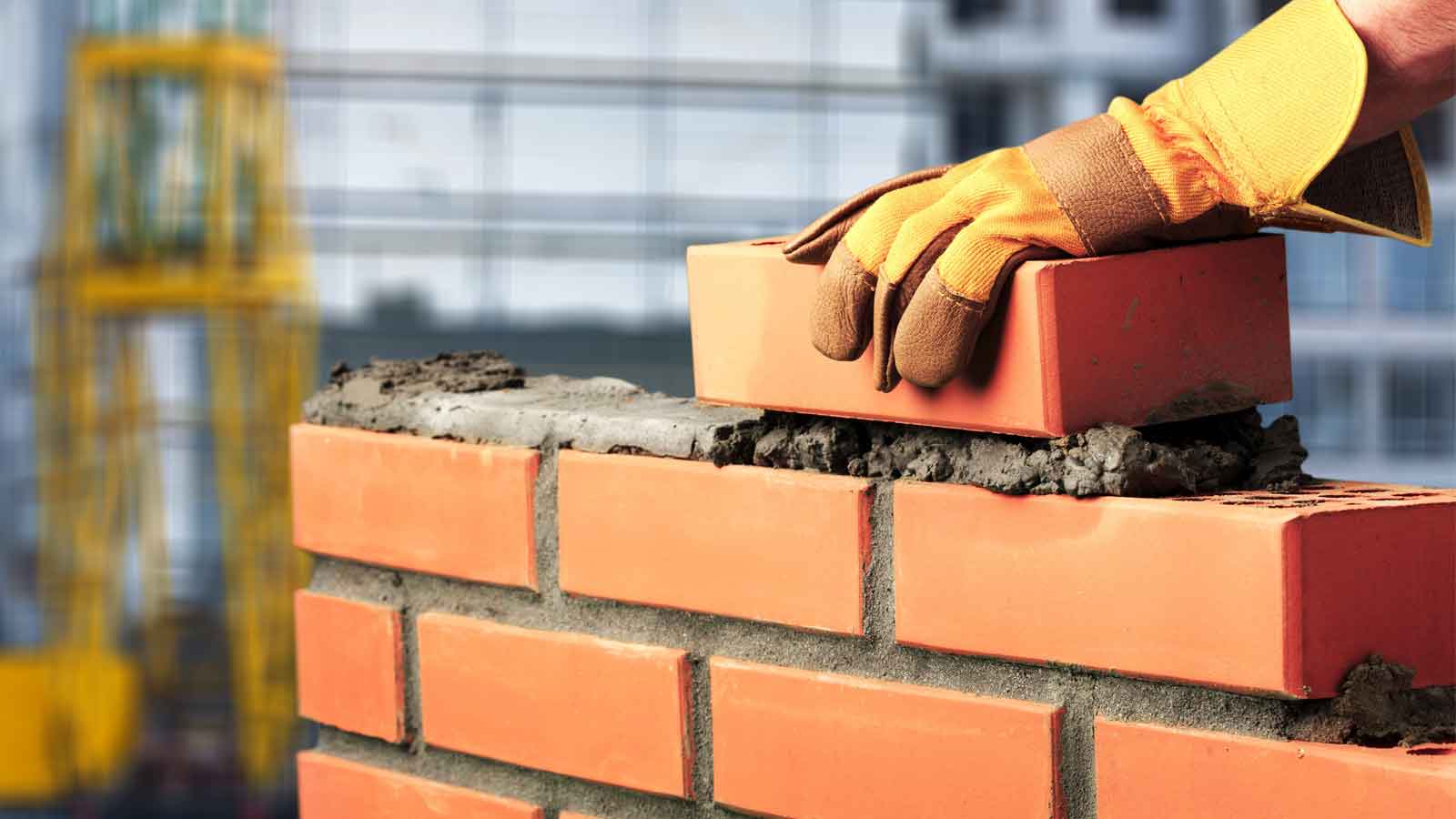Opening the Tricks of Sustainable Masonry Building Practices for Eco-Friendly Buildings
Among the myriad approaches to green building, lasting stonework construction stands out as a reliable and resilient method that holds a riches of untapped potential. From the option of products to ingenious building methods, the tricks to attaining sustainability within stonework building are multifaceted and interesting.
Benefits of Sustainable Stonework Construction
Welcoming sustainable stonework building and construction techniques not just decreases environmental effect yet also supplies lasting economic advantages to building contractors and neighborhoods. By making use of materials like recycled bricks, obstructs, and rocks, home builders can considerably lower the carbon footprint of their projects while advertising resource performance. Additionally, lasting stonework building strategies, such as proper insulation and thermal mass properties, can boost power performance within buildings, resulting in reduced functional costs with time.
In addition, the toughness and durability of masonry structures add to long-lasting financial advantages. Structures constructed making use of sustainable masonry methods typically need less upkeep and repair service, converting to cost savings for home builders and building owners. The long life of stonework products additionally guarantees that frameworks remain stable and protected, reducing the requirement for frequent restorations or replacements.
Eco-Friendly Stonework Materials
Utilizing environment-friendly stonework products is an essential action towards improving the sustainability of building and construction techniques and minimizing environmental influence while optimizing long-lasting economic advantages. Lasting stonework products are sourced, created, and used in a manner that decreases general ecological influence. Materials such as recycled blocks, reclaimed stone, and sustainable cinder block are coming to be significantly popular choices for eco-conscious home builders. Recycled blocks, as an example, not just draw away waste from land fills yet also call for less power to create compared to new bricks. Reclaimed rock offers an unique aesthetic appeal while reducing the demand for new quarrying. Sustainable concrete blocks integrate recycled accumulations and might include improved insulation buildings, adding to power performance in buildings.
In addition, all-natural materials like adobe, rammed planet, and straw bales give exceptional thermal mass residential properties, decreasing the requirement for heating and cooling energy. These products are often in your area readily available, advertising regional economic situations and decreasing transportation-related carbon exhausts. By selecting green stonework products, building projects can substantially reduce their ecological footprint and add to the development of healthier, more sustainable developed settings.
Energy-Efficient Masonry Methods
Energy effectiveness plays a crucial function in improving the sustainability of masonry building and construction practices. By applying energy-efficient stonework methods, builders can considerably lower the overall power consumption of a structure, bring about reduced operational costs and a smaller ecological footprint. One key energy-efficient stonework technique is making use of thermal mass, which includes including dense materials like concrete or block into the building's framework to soak up and keep warm. This aids control interior temperatures, reducing the need for mechanical home heating and cooling down systems.

Advancements in Sustainable Masonry
Recent advancements in lasting stonework methods have actually produced innovative methods that are reshaping the construction sector. One such technology is the growth of self-healing concrete, which uses bacteria embedded within the concrete to heal cracks autonomously. This breakthrough not only decreases maintenance prices however additionally improves the longevity of stonework frameworks, adding to their sustainability.
One more notable technology is the use of recycled aggregates in stonework building and construction - masonry contractor. By integrating products such as smashed ceramic waste or recycled glass into concrete mixes, builders can lower the environmental effect of construction tasks while preserving architectural stability. This method not just diverts waste from land fills yet likewise saves natural deposits, making it a crucial improvement in lasting stonework construction
Moreover, the integration of electronic design tools, such as Structure Information Modeling (BIM), is changing the means stonework structures are prepared and created. BIM permits even more exact calculations, lowered material wastage, and improved power performance, eventually leading to more sustainable building techniques. These developments jointly indicate an appealing future for lasting masonry construction in the era of eco-friendly buildings.
Future Trends in Masonry Sustainability
With the cutting-edge strides made in sustainable masonry methods, the future patterns in stonework sustainability are positioned to further revolutionize the building sector. Among the crucial patterns forming the future of stonework sustainability is the increased combination of technology. Improvements such as Structure Details Modeling (BIM) and virtual reality simulations are being utilized to optimize masonry construction processes, resulting in minimized product waste and boosted power efficiency in structures.
Additionally, the advancement of novel sustainable materials is set to play a considerable function in improving the eco-friendliness of masonry building. masonry contractor. Developments like self-healing concrete, recycled aggregates, and bio-based binders are getting grip for their capability to reduce environmental impact while maintaining architectural honesty

Verdict
In final thought, lasting stonework construction methods supply countless benefits for green structures. masonry contractor. Technologies in sustainable stonework are continuously being developed to even more improve the environmental performance of buildings.